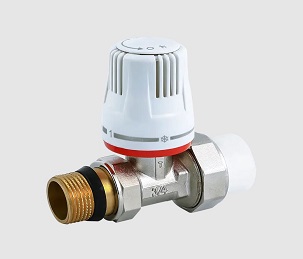As the pursuit of energy efficiency and personalized home comfort continues to gain momentum, thermostatic radiator valves (TRVs) emerge as an essential component in modern heating systems. These small, yet powerful devices are revolutionizing the way we control indoor temperatures, offering a level of precision and convenience that significantly contributes to both comfort and energy savings.
TRVs function as a sophisticated control mechanism for individual radiators within a heating system. Unlike traditional manual valves that necessitate constant adjustments, TRVs feature sensors that detect the surrounding room temperature. This technology enables them to regulate the flow of hot water into the radiator, automatically adjusting it to maintain the desired temperature set by the user. This autonomous operation allows for a more consistent and balanced distribution of heat throughout different areas of the home.
One of the primary advantages of TRVs lies in their ability to create distinct heating zones within a house. By adjusting each radiator independently, occupants can customize the temperature according to specific room requirements, optimizing comfort levels while avoiding unnecessary heating in seldom-used spaces. This zoning capability not only tailors the climate to individual preferences but also contributes significantly to reducing energy consumption and utility bills.
Installation of
thermostatic radiator valves is relatively straightforward and often does not require extensive modifications to existing heating systems. Retrofitting older systems with TRVs can swiftly modernize them, offering homeowners the benefits of improved control and efficiency without the need for a complete overhaul.
the environmental benefits of TRVs cannot be overstated. By ensuring that heating is only provided where and when it's needed, these valves play a pivotal role in lowering carbon emissions associated with excessive energy usage. Their ability to fine-tune heating systems reduces overall energy waste, aligning with sustainability goals and environmental consciousness.
The economic advantages of employing TRVs extend beyond reduced energy bills. While initial installation costs may vary, the long-term savings accrued from efficient heating and lower energy consumption justify the investment. Additionally, the enhanced control over heating can lead to prolonged system lifespan and reduced maintenance expenses, making TRVs a cost-effective addition to any home.
the flexibility and convenience offered by TRVs cannot be ignored. Users can effortlessly adjust temperatures to suit their preferences, fostering a more comfortable living environment year-round. Whether it's ensuring cozy warmth during chilly winter evenings or moderating temperatures on mild days, TRVs empower individuals to maintain ideal conditions without constant manual intervention.













